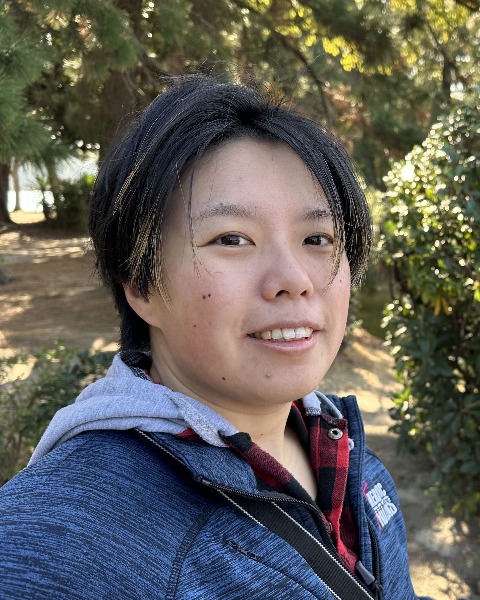QSP
(M-127) Creating Cell-specific Computational Models of Stem Cell-derived Cardiomyocytes Using Optical Experiments
Monday, November 11, 2024
7:00 AM - 5:00 PM MST
Neil Daily, PhD – R&D Scientist, InvivoSciences Inc.; Taylor Pullinger, PhD – Graduate student, Icahn School of Medicine at Mount Sinai; Eric Sobie, PhD – Professor, Icahn School of Medicine at Mount Sinai; Tetsuro Wakatsuki, PhD – Chief Scientific Officer, InvivoSciences Inc.

Janice Yang, MA
Graduate student
Icahn School of Medicine at Mount Sinai, United States
Author(s)
Disclosure(s):
Janice Yang, MA: No financial relationships to disclose
We used the genetic algorithm (GA), a heuristic parameter calibration method, to tune ion channel parameters in a mathematical model of iPSC-CM physiology. To systematically optimize an experimental protocol that generates sufficient data for parameter calibration, we created simulated datasets by applying various protocols to a population of in silico cells with known conductance variations, and we fitted to those datasets. We found that calibrating models to voltage and calcium transient data under 3 varied experimental conditions, including electrical pacing combined with ion channel blockade and changing buffer ion concentrations, improved model parameter estimates and model predictions of unseen channel block responses. This observation held regardless of whether the fitted data were normalized, suggesting that normalized fluorescence recordings, which are more accessible and higher throughput than patch clamp recordings, could sufficiently inform conductance parameters. Therefore, this computational pipeline can be applied to different iPSC-CM preparations to determine cell line-specific ion channel properties and understand the mechanisms behind variability in perturbation responses.
Citations: N/A

